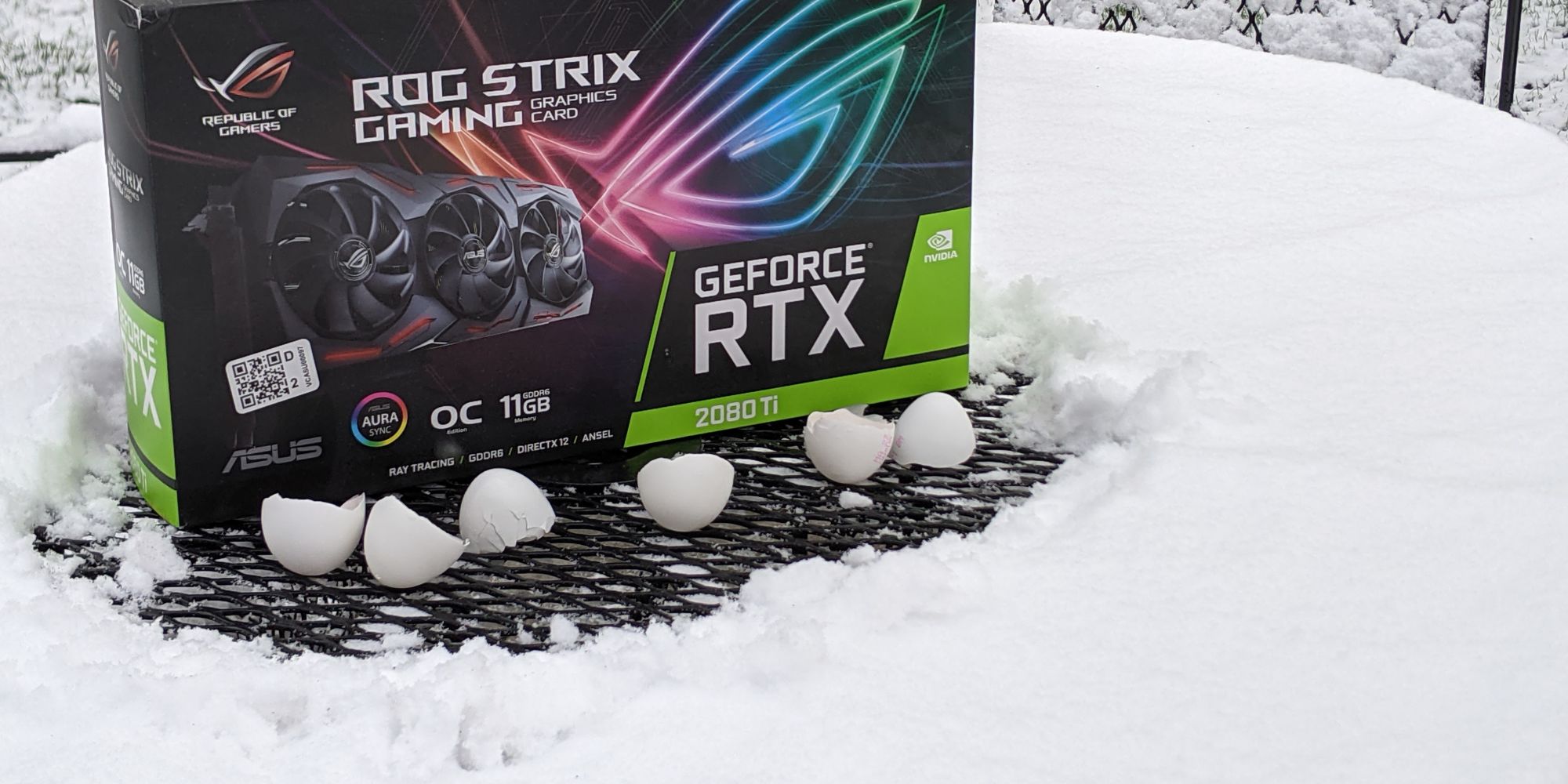How a $1200 Graphics Card Threatens Your PCI DSS Compliance and Security | blog,pci,cryptography | Control Gap
Organizations subject to PCI DSS compliance validation spend significant amounts of time, effort,...

What is the difference between Passwords and Passphrases, PINs, and other authentication factors under PCI DSS? Our team was recently asked for a second opinion on a scenario that seemed like a simple question. When we dug into it, we found some useful but scattered guidance in PCI DSS and its supporting documents . While ambiguity can support flexibility, it can also lead entities astray. PCI's flexibility can sometimes be akin to running with scissors. And this question is no exception.
The question was - Can a PIN combined with a second authentication factor meet compliance for MFA? The external opinion was concerned that the PIN was not complex enough to support two-factor authentication when combined with a second authentication factor – in this case an RSA Secure ID token code. Further, they were asking the entity to add a password to the authentication to enable it to meet normal password complexity requirements. After a careful review of the available guidance (see details below), we concluded that:
Putting this together, a PIN is not the same as a password used for normal network authentication and reserved purely for this elevated MFA access in the scenario presented to us. There is no opportunity to “steal” or harvest this PIN unless the employee writes it down. This fact makes a PIN a strong “something you know” and significantly less susceptible to brute force attacks, cracking, dark-web compromised, credential stuffing, etc., and all the reasons why the DSS has extra requirements (e.g. length, strength, expiry) for passwords/passphrases.
Having said all of the above, it is also not unreasonable to expect stronger (longer) PINs in products and solutions.
Resolving questions like this under PCI requires looking at the authoritative documents, including the standard itself, and additional guidance such as Information Supplements and general FAQ's. Guidance is intended to provide clarification but should not be taken as overriding or superseding the authoritative documents.
Requirement 8.2 requires that to authenticate a user there needs to be a unique user identifier in combination with another method
The MFA Information Supplement:
As often happens, investigating PCI guidance can lead to additional debates and questions. In this case two questions came up:
The short answers to these questions are that there is ample guidance within PCI and NIST covering other forms of “something you know” factors, and that entities should avoid wordsmithing and interpreting the DSS in ways that are clearly “running with scissors”.
Authoritative PCI DSS Documents:
Additional guidance:
Other References:
Articles:

 David Gamey :
May 20, 2021 12:00:00 AM
David Gamey :
May 20, 2021 12:00:00 AM
Organizations subject to PCI DSS compliance validation spend significant amounts of time, effort,...

The PCI Security Standards Councils confirmed last week that the updated version of PCI DSS...

 David Gamey :
Dec 20, 2020 10:07:00 PM
David Gamey :
Dec 20, 2020 10:07:00 PM
Sensitive authentication data, aka SAD, in PCI compliance is data used by the issuers of cards to...